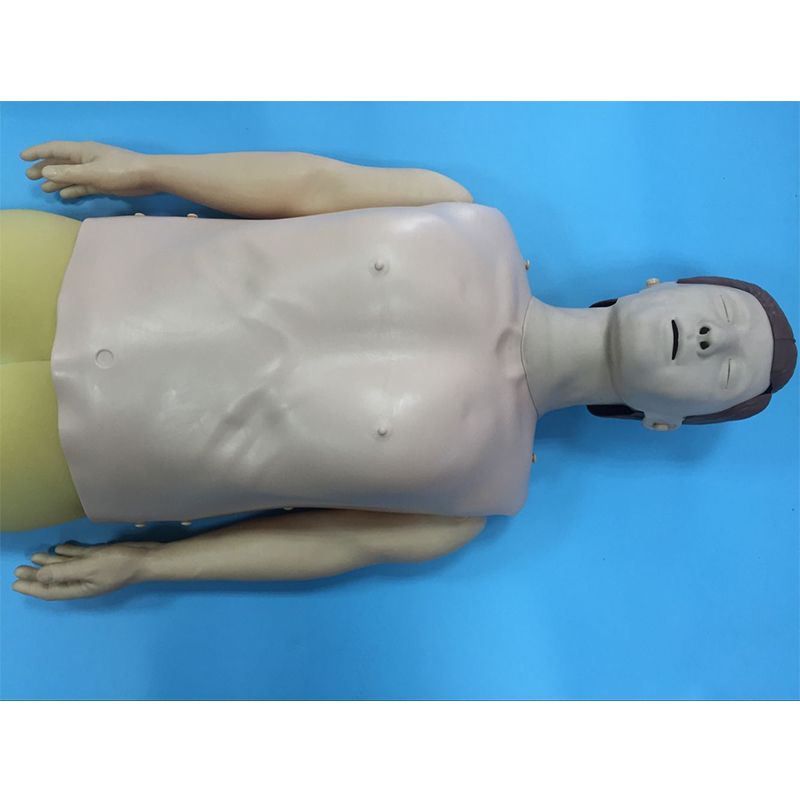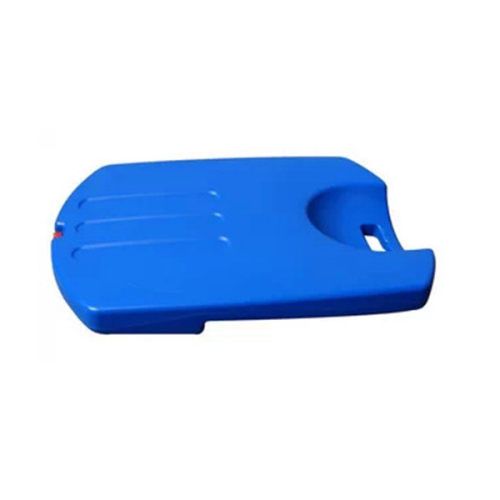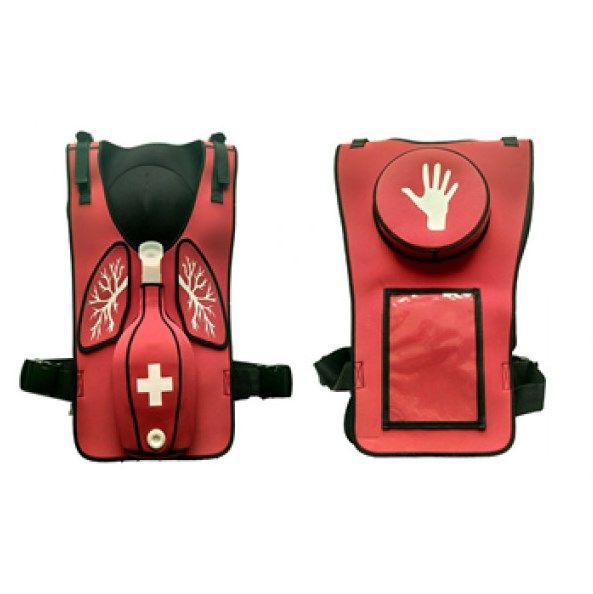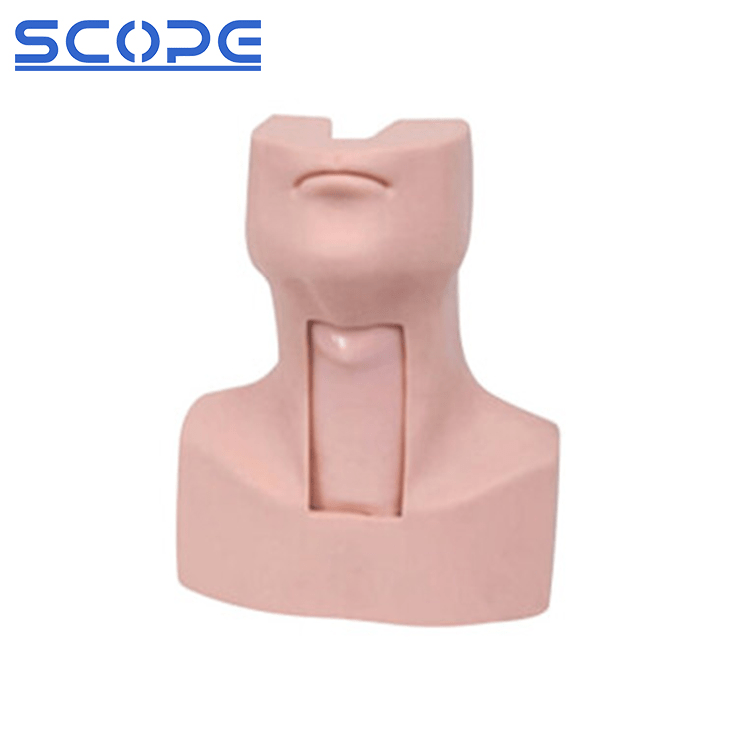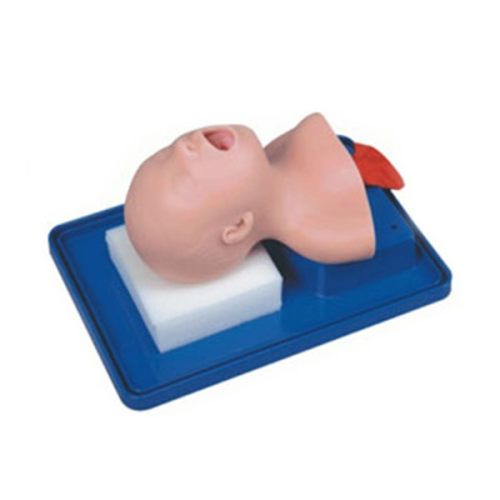Medical education and training have undergone a significant transformation with the advent of advanced technologies. One such innovation that has revolutionized healthcare education is the medical manikin with feedback. This comprehensive guide introduces the intricacies of medical manikins with feedback, exploring their underlying technology, benefits, and applications. From their basic components to mastering their maintenance, this article provides a detailed overview for healthcare educators, trainers, and students.
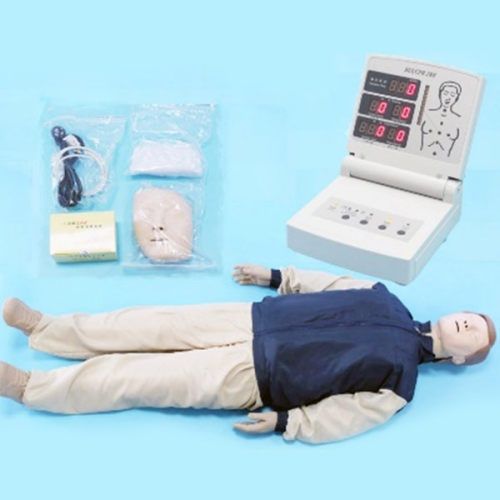
What Is a Medical Manikin with Feedback?
Medical manikins with feedback are lifelike models that simulate human anatomy and physiology. Equipped with sensors and technology, they provide real-time feedback on a user’s performance during medical procedures. This helps healthcare professionals learn and practice critical skills in a safe environment, improving their abilities to handle real-world emergencies.
How Does a Medical Manikin with Feedback Work?
Sensor Integration
- Internal Sensors: These monitor vital signs such as heart rate, blood pressure, and respiratory rate, simulating real-time physiological changes.
- External Sensors: These detect physical interactions with the manikin, including pressure, force, and location of touch. This allows for accurate feedback on techniques like CPR, intubation, and injections.
Actuator Response
- Physiological Responses: Actuators mimic real-life responses to medical interventions. For instance, a manikin might exhibit changes in skin color, pupil dilation, or muscle tone.
- Fluid Simulation: Advanced manikins can simulate fluid flow, enabling realistic scenarios like blood loss and fluid administration.
Computer Processing and Feedback
- Real-time Analysis: Computer software processes sensor data and calculates appropriate responses.
- Feedback Delivery: The system provides immediate feedback to the user, either visually on a screen or through auditory cues. This feedback can include information on the correctness of techniques, the effectiveness of interventions, and potential areas for improvement.
Scenario Customization
- Pre-programmed Scenarios: Manikins can be pre-programmed with various clinical scenarios, such as cardiac arrest, respiratory distress, or traumatic injury.
- Real-time Adjustments: Instructors can adjust the scenario in real-time to create dynamic and challenging training experiences.
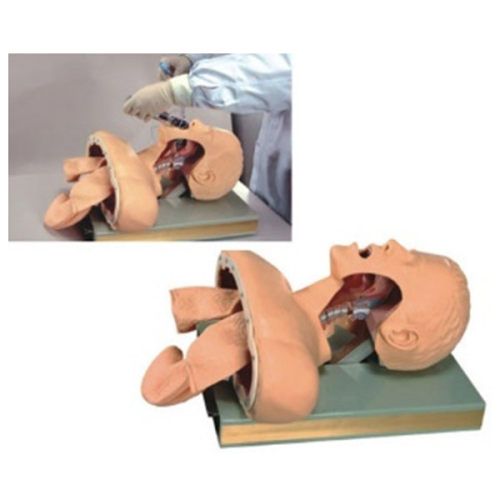
What Are the Benefits of Using Medical Manikins with Feedback?
Benefit 1: Enhanced Learning and Skill Development
- Active Learning: Manikins provide a tangible, interactive platform for learning, making the training process more engaging and memorable.
- Skill Refinement: Healthcare professionals can practice critical skills like CPR, intubation, and medication administration repeatedly, leading to improved dexterity and precision.
- Real-Time Feedback: Immediate feedback on performance helps identify areas for improvement and reinforces correct techniques.
Benefit 2: Improved Patient Safety
- Reduced Medical Errors: By honing skills in a simulated environment, healthcare providers can minimize the risk of errors in real-world clinical settings.
- Enhanced Decision-Making: Practicing complex scenarios can improve decision-making abilities under pressure.
- Increased Confidence: Well-trained professionals are more confident in their abilities, leading to better patient outcomes.
Benefit 3: Cost-Effective Training
- Reusability: Manikins can be used multiple times, reducing the need for ongoing training costs.
- Reduced Reliance on Live Patients: By simulating real-world scenarios, manikins minimize the need for live patient training, which can be costly and resource-intensive.
- Flexible Training: Manikins can be used for both individual and group training, providing flexibility in scheduling and delivery.
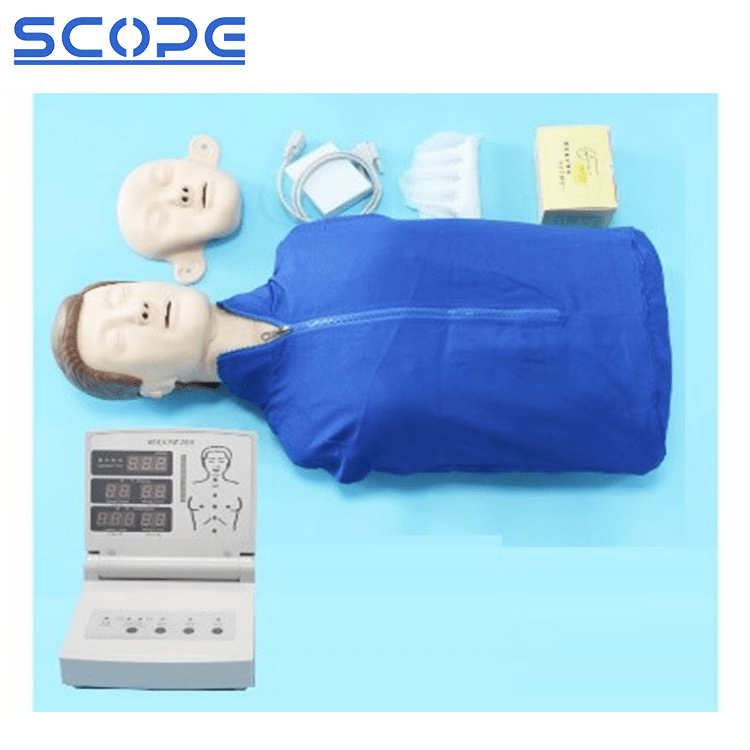
Types of Medical Scenarios Simulated by Feedback Manikins
Medical manikins with feedback offer a versatile platform for simulating a wide range of medical scenarios. Here are some common examples:
Emergency Medicine
- Cardiac Emergencies: Simulating cardiac arrest, heart attacks, and arrhythmias.
- Respiratory Emergencies: Replicating conditions like respiratory failure, asthma attacks, and pulmonary embolism.
- Trauma Emergencies: Modeling injuries from accidents, falls, or assaults, including internal bleeding, fractures, and head injuries.
Surgical Procedures
- Surgical Skills Training: Practicing surgical techniques like suturing, laparoscopy, and endoscopy.
- Anesthesia Simulation: Simulating anesthesia administration, patient monitoring, and recovery.
Pediatric and Obstetric Emergencies
- Neonatal Resuscitation: Simulating newborn resuscitation techniques.
- Pediatric Emergencies: Modeling conditions like febrile seizures, respiratory distress, and allergic reactions.
- Obstetric Emergencies: Simulating childbirth, postpartum hemorrhage, and other obstetric complications.
Medical Education and Training
- Clinical Skills Training: Practicing basic and advanced clinical skills, such as venipuncture, injection, and catheterization.
- Communication Skills Training: Role-playing patient interactions and practicing effective communication techniques.
- Team Training: Simulating team-based scenarios to improve coordination and teamwork.
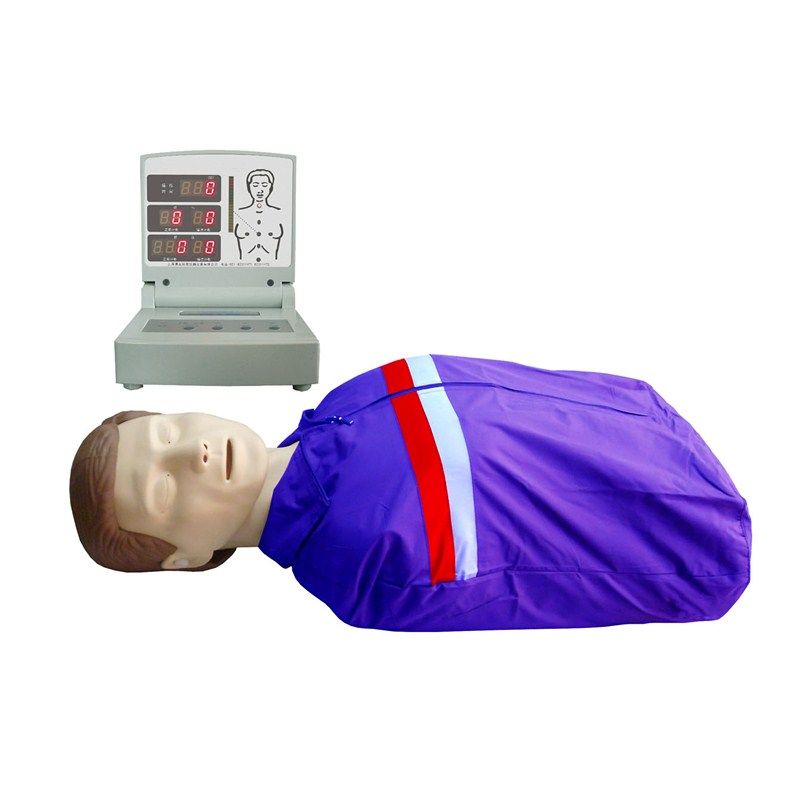
Cleaning and Disinfection
- Regular Cleaning: Frequent cleaning removes dirt, debris, and potential contaminants that can affect the manikin’s functionality and hygiene.
- Disinfection: Regular disinfection using appropriate cleaning agents is crucial to prevent the spread of infections, particularly in high-traffic training environments.
- Specific Guidelines: Adhere to the manufacturer’s recommended cleaning and disinfection protocols to avoid damage to the manikin’s materials.
Software Updates
- Regular Updates: Keep the manikin’s software up-to-date to access the latest features, bug fixes, and security patches.
- Compatibility: Ensure that the software is compatible with the operating system and other hardware components.
- Training and Support: Stay updated on software training and support resources to maximize the benefits of the latest updates.
Sensor Calibration
- Periodic Calibration: Regularly calibrate sensors to ensure accurate measurements of vital signs, such as heart rate, blood pressure, and oxygen saturation.
- Calibration Procedures: Follow the manufacturer’s guidelines for specific calibration procedures, which may involve using calibration tools or software.
- Sensor Integrity: Inspect sensors for damage or wear and replace them as needed to maintain accurate readings.
Mechanical Inspection
- Regular Inspection: Conduct regular visual inspections to identify any signs of damage, wear, or malfunction in the manikin’s mechanical components.
- Joint and Actuator Maintenance: Lubricate joints and actuators as needed to ensure smooth movement and prevent damage.
- Fluid Line Inspection: For manikins with fluid systems, check for leaks, blockages, or contamination in fluid lines and reservoirs.
Fluid Maintenance
- Fluid Replacement: Replace simulated fluids as needed to maintain their realistic appearance and functionality.
- Fluid Filtration: Use appropriate filters to remove impurities and contaminants from the fluid.
- Fluid Storage: Store fluids in clean, sealed containers to prevent contamination and degradation.
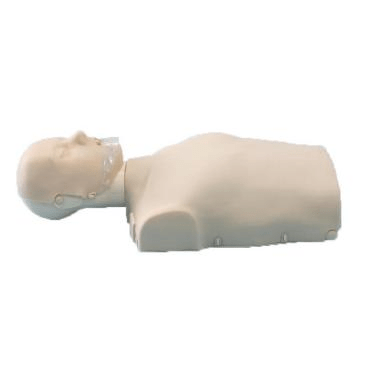
In summary, these innovative models create a realistic and controlled environment that enhances learning, patient safety, and resource utilization. As technology advances, we can expect more sophisticated manikins with expanded capabilities, further revolutionizing healthcare professional training. Using Scopelab medical manikins with feedback, healthcare institutions can equip their students and staff with the skills and knowledge required to provide high-quality patient care. And for the medical manikins you want whether with feedback you can directly consult with the medical manikin supplier Scopelab.
